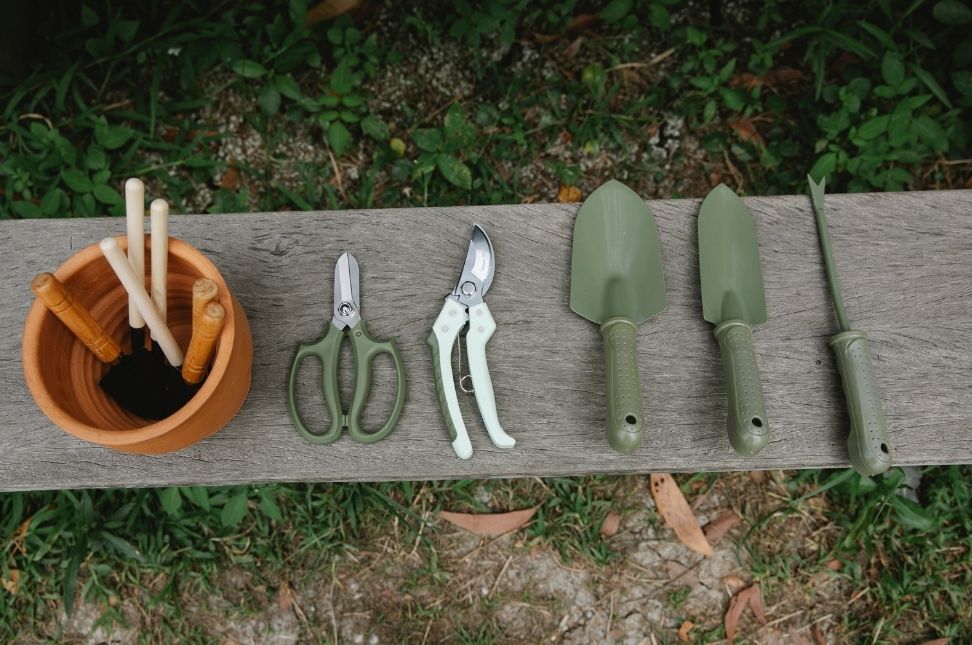Planning your garden layout is a crucial step in creating a beautiful and functional outdoor space. Whether you have a small backyard or a sprawling estate, the right layout can maximize your garden’s potential. Here’s how to plan your garden layout effectively:
- Evaluate Your Space: Take a close look at your garden area. Note the size, shape, and any existing features like trees, structures, or slopes.
- Set Goals: Determine what you want to achieve with your garden. Are you looking for a space to relax, grow vegetables, or create a colorful flowerbed?
- Create Zones: Divide your garden into functional zones. For example, designate areas for a patio, lawn, flower beds, and vegetable plots.
- Consider Sunlight: Understand the sunlight patterns in your garden throughout the day and throughout the year. Place sun-loving plants where they’ll receive ample sunlight.
- Choose Plants Wisely: Select plants that are suitable for your climate and soil conditions. Group plants with similar water and sunlight needs together.
- Plan Paths and Walkways: Lay out pathways that connect different areas of your garden. Use materials like gravel, pavers, or stepping stones for durability and aesthetics.
- Add Focal Points: Incorporate focal points such as sculptures, garden art, or a stunning tree to draw the eye and create interest.
- Think About Scale: Pay attention to the size and scale of your garden elements. Don’t overwhelm a small space with large features.
- Consider Seasonal Interest: Plan for year-round appeal by choosing plants that provide interest in different seasons, including winter.
- Sketch Your Layout: Create a rough sketch or use a garden design software to visualize your garden layout. Adjust as needed until you’re satisfied with the plan.
- Implement in Phases: If you have a large garden, consider implementing your plan in stages. This allows you to focus on one area at a time.
- Maintenance and Flexibility: Keep in mind that gardens evolve. Be prepared to adapt and make changes as your garden grows and matures.
A well-thought-out garden layout not only enhances the aesthetics of your outdoor space but also makes it more functional and enjoyable. Take the time to plan, and you’ll reap the rewards of a beautiful garden.




